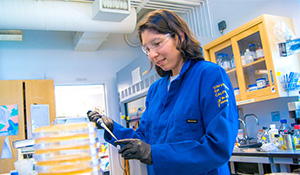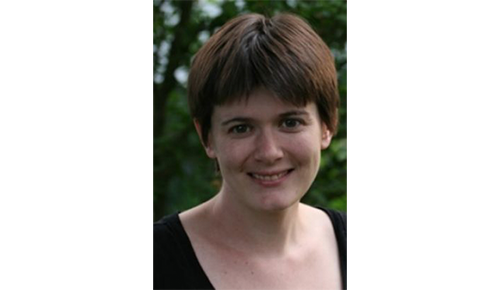
Ariel Furst
Event Details

Bio-derived materials for sustainability & environmental remediation
Significant effort has been devoted to developing chemistries to effectively mimic biological processes. Despite decades of effort, these methods often fail to replicate the efficiency and selectivity of native systems.
We have found that by combining chemistry with the inherent activity of biomolecules and microbes, we can improve upon conventional technologies for clean energy and sustainability. Specifically, by combining biomolecular assembly with conventional electrocatalysis, we have improved the specificity and efficiency of electrocatalytic CO2 reduction.
Additionally, we have engineered bio-derived microbial coatings to enable their delivery to depleted soil. Finally, by combining electroactive microbes with engineered enzymes, we have developed a platform to degrade and electrochemically detect harmful pesticides.
Through these technologies, we have consistently found that the combination of chemistry and biomolecular engineering affords advantages beyond the capabilities of either technology alone.










